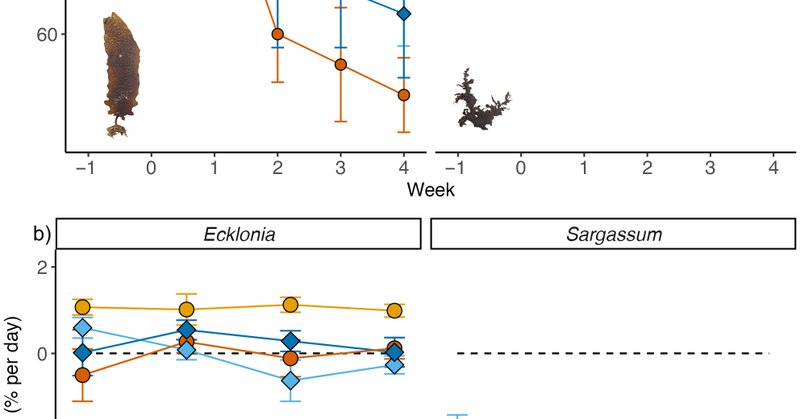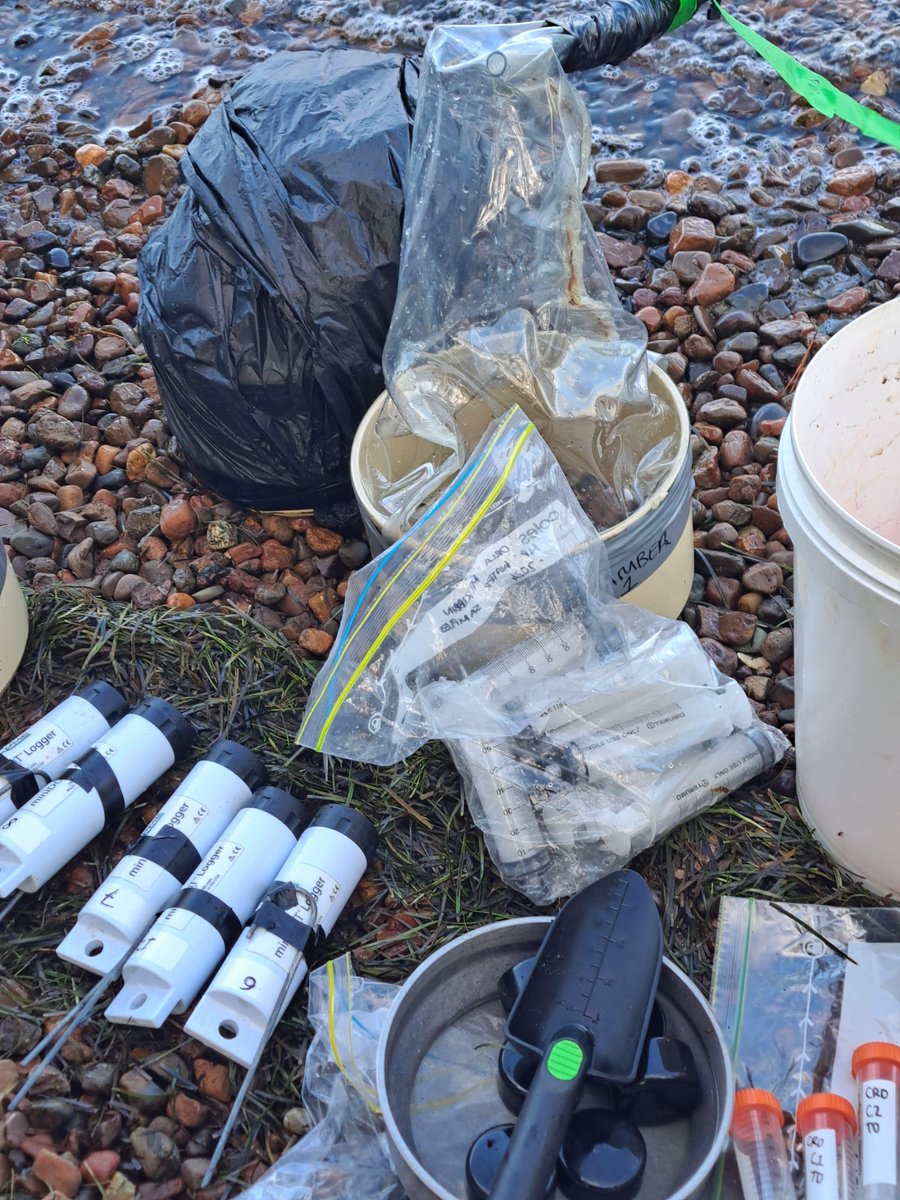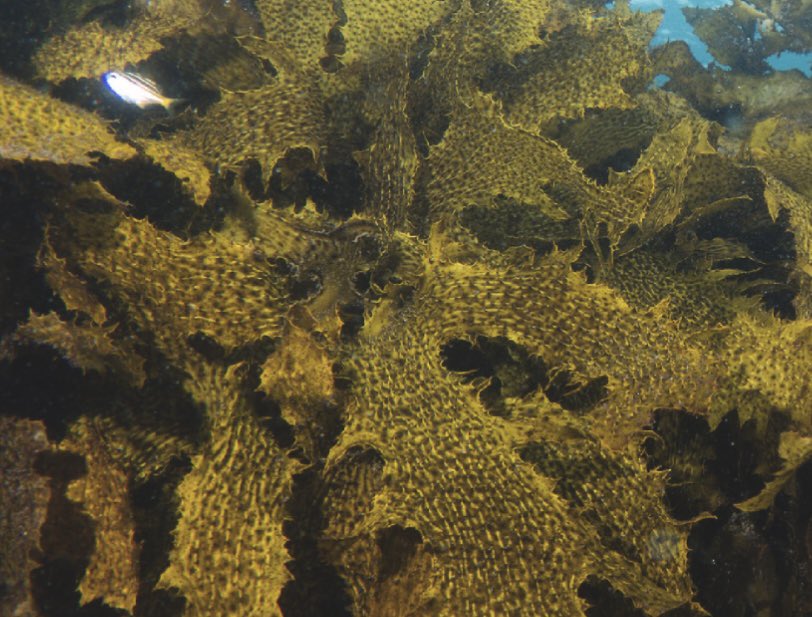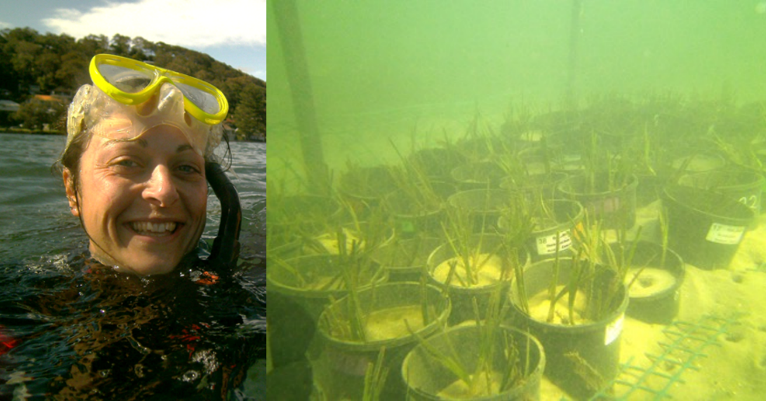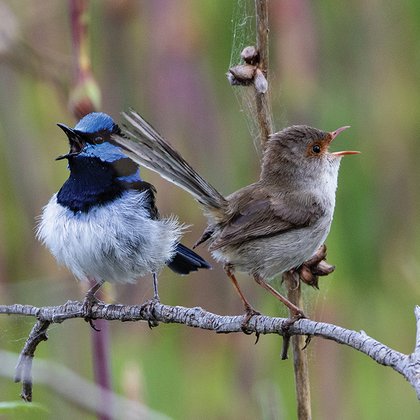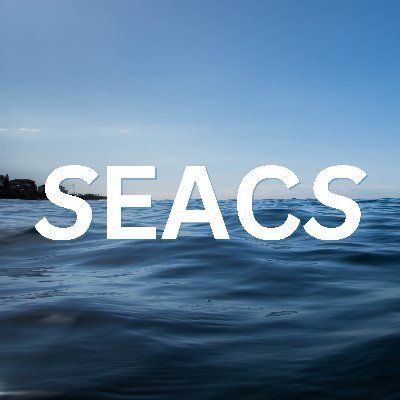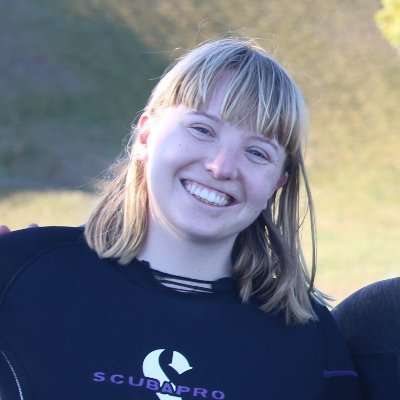
Milly Caley @millycaley.bsky.social
@millycaley
Followers
353
Following
720
Media
55
Statuses
201
Research Assistant at UNSW studying Artificial Light at Night 💡, kelps 🌱 and sea urchins ✹ with @SEACSlab, living and working on unceded Gadigal lands.
Sydney, New South Wales
Joined January 2019
RT @SEACSlab: Valuing Darkness Conference on light pollution will take place March 19th-21st in Naarm (Melbourne). Mariana will be sharing….
0
2
0
RT @SEACSlab: New paper out this week on the effects of artificial light at night on in-situ fish predation and herbivory intensity on rock….
0
6
0
New paper! Antagonistic Effects of Light Pollution and Warming on Habitat‐Forming Seaweeds - with @CariocaMayer @ProfMariaByrne @ZiggyMarzinelli
onlinelibrary.wiley.com
Artificial Light at Night (ALAN) is an emerging global stressor that is likely to interact with ocean warming to affect ecological functions. Seaweeds are dominant habitat-forming species in temper...
0
2
11
RT @SEACSlab: Yesterday we deployed a new experiment for PhD student Lena Holtmanns, looking at the interactive effects of Artificial Light….
0
4
0
RT @SEACSlab: Our new lab website is finally live, with profiles of our lab team and research projects! Check it out here:. .
unsw.edu.au
SEACS Lab at the Centre for Marine Science and Innovation, UNSW, researches solutions to human impacts on estuarine and coastal ecosystems.
0
2
0
Super cool new paper from @AR_Janssen looking at Ecklonia morphology and physiology across Sydney Harbour!.
🌊 It’s out there! Curious about Sydney’s underwater gardens? Take a look at some of the striking effects the urban estuarine environment can have on its kelp forests ! 🏙️🌱. @DrKDafforn @MelanieJBishop @CariocaMayer @mqnatsci @unswbees @unswcmsi @SEACSlab
0
1
10
RT @SEACSlab: Congratulations to our lab member Thayanne Lima Barros who submitted her PhD last month on the impacts of bushfires in estuar….
0
1
0
RT @SEACSlab: This month, we hosted our first ever lab writing retreat in the beautiful Avoca beach! It was a great chance to connect lab m….
0
4
0
RT @USydMSI: Dive into the depths of #seagrass, the unsung hero of marine ecology with @ZiggyMarzinelli, @Renske_Jongen and @CataMusrriF an….
marine-science.sydney.edu.au
The Marine Ecology and Microbiology (MEM) lab, led by A/Prof. Ziggy Marzinelli, focuses on understanding the processes that generate, maintain and impact marine ecosystems. We integrate the theory...
0
3
0
RT @alissabass96: The third paper of my PhD is now published in @Oikos_Journal w/ @ljfalkenberg !📢 We explored how seasonality and interac….
0
7
0
RT @RSocPublishing: Artificial light at night and warming impact grazing rates and gonad index of the sea #urchin Centrostephanus rodgersii….
0
2
0
This is my first first-author publication, and one I am super excited to share! Here, we manipulated artificial light and temperature to investigate impacts on sea urchin grazing and growth rates, with @CariocaMayer @ProfMariaByrne @ZiggyMarzinelli
royalsocietypublishing.org
Artificial light at night (ALAN) is a growing threat to coastal habitats, and is likely to exacerbate the impacts of other stressors. Kelp forests are dominant habitats on temperate reefs but are...
2
4
34
RT @GOALANN: Light pollution supresses nighttime feeding in the plumose sea anemone .Another handy paper from Lynn….
0
2
0
RT @SEACSlab: Trial habitat module deployments this week in Sydney Harbour, for an experiment looking at the interactive effects of artific….
0
4
0
RT @A_H_McGrath: Absolutely delighted to see this out!!! Here we advocate for an experimental approach to test direct vs indirect effects o….
0
18
0
RT @LivingSeawalls: Happy #InternationalWomensDay2024!. Our Superstars of STEMM were making waves at the Australian National Maritime Museu….
0
7
0
RT @MelanieJBishop: Another output from the #green #Engineering working group of @WorldHarbours. For the first time considers spatial varia….
0
2
0
RT @SEACSlab: Such a great article on Project Restore! This recently commenced project aims to restore habitats at the seascape level, with….
0
1
0

